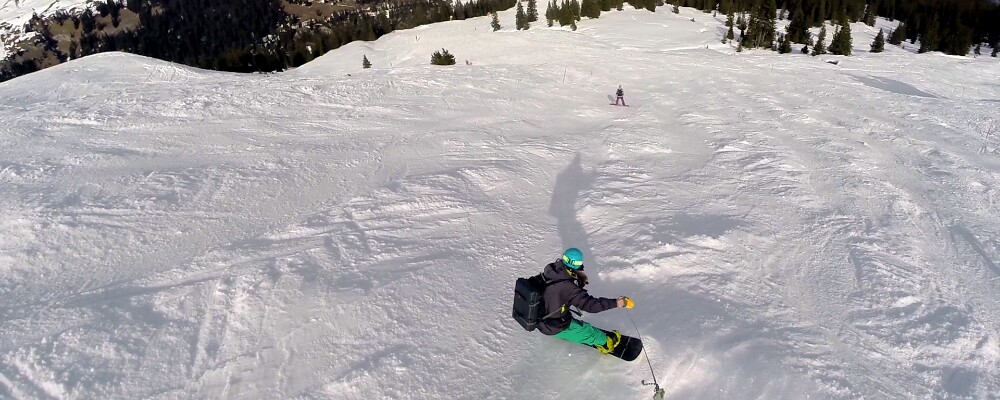Learning the intricacies of drone photography can involve a steep learning curve, but flying a kite is a much simpler proposition. For Russian roboticist Sergei Lupashin, blending these old and new forms of flight could be a key to unlocking the potential of aerial photography. By putting his Fotokite quadcopters on a leash, he hopes to get airborne cameras into the hands of more journalists, enabling them to tell stories from exciting new angles.
The huge potential of drone photography, a field that amasses more breathtaking captures every day, is not lost on those in the news gathering business. For the last couple of years, media companies around the world have come to embrace the technology, with outlets from the BBC to CNN turning to drones to bring new perspectives to their journalism. In the case of the BBC, this has turned up captivating aerial footage of everything from Auschwitz, to New Year's Eve fireworks, to a ravaged Gaza strip following a 50 day conflict with Israel.
But in addition to considerable technical ability, getting these drones in the air requires a lot of time spent training up certified pilots. It is Lupashin's thinking that tethering the aircraft to someone with their feet firmly on the ground can make the technology a whole lot more accessible, while actually serving to improve certain capabilities at the same time.
He claims that somebody can be taught to fly a Fotokite within just five minutes. Instead of joysticks and a controller, the user holds motorized spool to adjust the length of the tether. Holding the drone in-hand and giving it a 90 degree twist will kick the rotors into action, with the user then aiming it in the direction they'd like it to fly, taking a GoPro Hero 4 Black Edition camera along for the ride. Once airborne, the drone can be controlled by a smartphone or tablet.

Having the drone tethered to the ground has a few advantages. It means that a full 1080p HD video stream can be relayed to the device on the ground, while power can be sent in the opposite direction. Power relayed to the drone via the leash from swappable batteries on the ground means the drone can stay in the air for hours. The physical connection between the pilot and drone should also ease the concerns of nervy onlookers. Last but not least, tethering the vehicle to the ground could provide a way around the FAA's rules outlawing commercial drone flight.
Fotokite prototypes have been tested by outlets such as the BBC and National Geographic, but the company is remaining tight-lipped on when exactly the device will be available to buy and how much it will cost. It is, however, taking the wraps off its first release at the National Association of Broadcasters (NAB) Show in Las Vegas beginning April 13 and running until April 16.
You can see what the Fotokite is capable of in the footage below.
Source: Fotokite
















